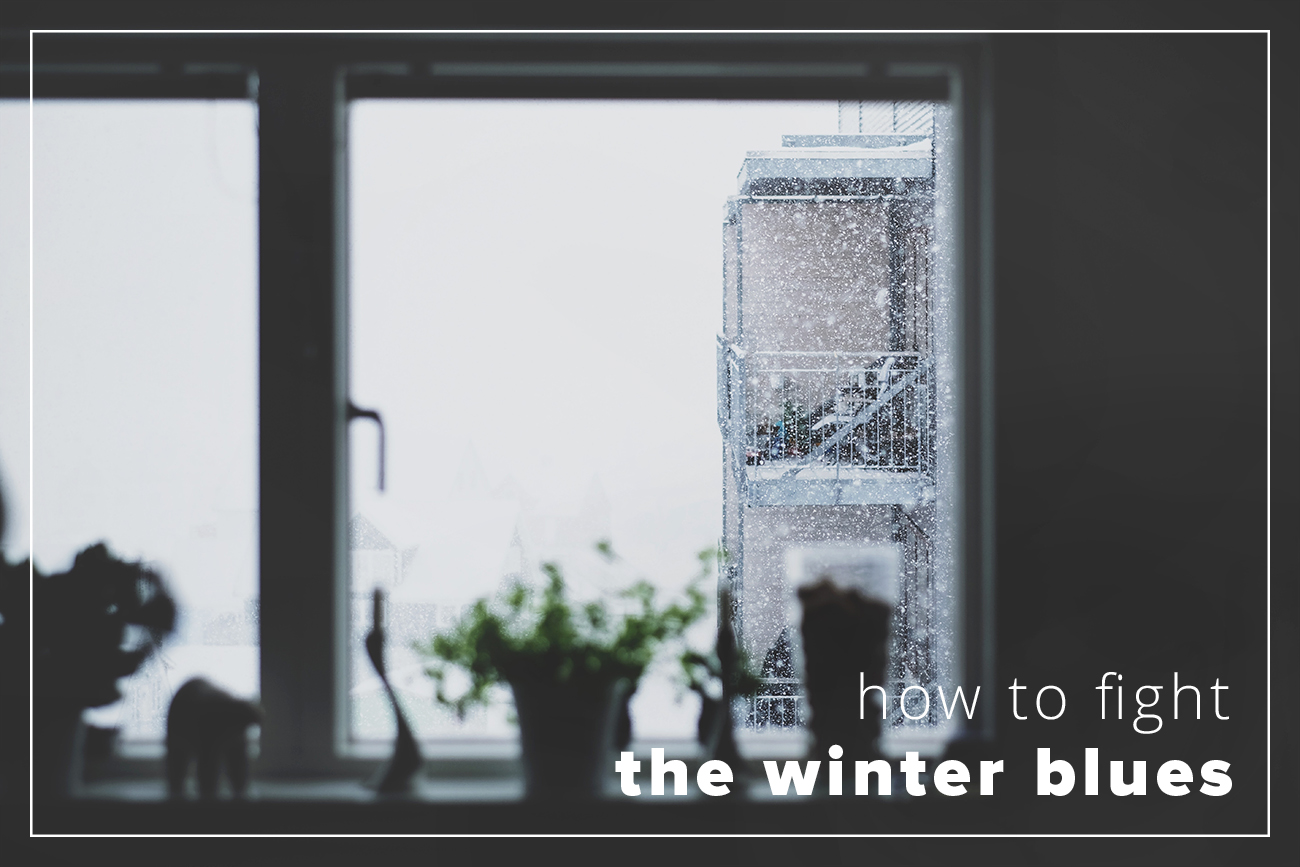SAD is short for Seasonal Adjustment Disorder or Seasonal Affective Disorder but you probably know it more commonly as the winter blues.
Do you ever get the feeling like you are generally more sad, depressed, or down during the winter months?
If so, you are not alone. Up to 20 percent of Americans suffer greatly from a serious form of depression that doctors simply call “SAD”. No matter how cheerful we may be throughout the year, studies show that all animals, including humans, react to the onset of winter and loss of sunlight both physiologically and psychologically, in a negative way.
Here are some of the dim statistics about SAD that can impact your life in ways you might not expect.

What causes SAD?
Though the causes of SAD are not completely understood, researchers agree that light plays a vital role. Just as with plants, human beings wither without it. Studies show that light deprivation alters brain chemistry, triggering an over-production of melatonin, which causes fatigue (in fact, many people use melatonin as a sleep aid).
Due to the fact that 70 percent of our sensory receptors are in our eyes, visual stimulation and exposure to light are critical to well-being. Researchers suggest that by increasing the amount of natural light SAD patients are exposed to daily a process called photo- or bright light therapy symptoms would decrease. And they were right.
Effective ways to fight back against SAD
In 1984, a breakthrough study conducted by Dr. Norman Rosenthal, concluded that bright light therapy minimized the effects of SAD. Though other treatments have proven useful in combating the illness, including:
- Daily (outdoor preferably) exercise
- Prescription mood enhancers such as Paxil® and Zoloft®,
- Photo therapy
Photo therapy in particular has become the preferred treatment method because it can be administered in any weather conditions, is relatively inexpensive, and is non-addictive or habit forming.
Though there are some negative effects associated with increasing the amount of daylight in buildings including thermal discomfort (overheating), glare, loss of privacy, and higher construction costs the energy savings and positive effect on the human circadian rhythm (our internal body clock that is controlled by light and tells us when to sleep and when to wake) far outweigh any downsides. In fact, the trend toward green building, which includes increasing the amount of natural daylight, is not only environmentally sound but is vital to our health and well-being.
As Nick Baker of the University of Cambridge reports, we are all inherently outdoor animals and need daylight indoors, in any form, in order to preserve our physical condition and sanity.
The next best thing: Natural light simulation
Some in the lighting industry were well ahead of the curve in understanding the health benefits of natural light. In 1956, Howard Scott founded Verilux® and invented a line of lighting products “refined to include the best of natural daylight without the unnecessary wavelengths.” In 1989, after 40 years of research on “the remarkable effects natural light had on plants, animals and humans,” Dr. John Ott and Fred Mendelsohn founded Environmental Lighting Concepts (parent of OTT-LITE), based on the idea of simulating natural light indoors.
These developments revolutionized the lighting industry, enabling customers to enjoy the therapeutic benefits of sunlight when it is difficult or impossible to find it outdoors.
Natural light simulating products are commonly referred to as full spectrum lights, although balanced spectrum may be a more accurate term, as all white light sources are technically full spectrum.
The full spectrum lights have a color temperature of between 5,000-6,500 degrees Kelvin and a Lux output of 10,000 (Kelvin is a measurement of heat, based on absolute zero; Lux is the metric unit of measure for the illuminance of a surface). Studies show that optimal benefits of SAD lamps are derived at 10,000 Lux or 930 footcandles reaching the eye (typically 6 to 24 inches from the source depending on the fixture).
SAD Lights vs. Light Boxes
Commonly used in phototherapy to treat SAD patients, light boxes should not be confused with SAD lights. Light box therapy is typically what doctors prescribe when treating SAD symptoms. And while full spectrum lighting does provide health benefits, it should not be considered a substitute for light boxes.
However, full spectrum SAD lights can provide soothing, glare-free, balanced spectrum light that can improve the quality of illumination in a room.
Research indicates that using these lights not only elevates mood and produces a healthier living and working environment, but it may even alleviate some of the suffering attributed to Alzheimer’s Disease and help create a positive learning environment in school classrooms.
Alberta Education’s Policy and Planning Division found that natural lighting has a positive impact on the productivity and physical development of students.
Some ways to save your eyes and bring back your smile
While increasing the amount of natural daylight in your home or office is always the best solution, it is not always a viable option. That is why several manufacturers, including OTT-LITE, Verilux®, and Design Classics®, offer natural light-mimicking product lines that replicate its broad benefits. True color rendering — revealing colors as they are seen in broad daylight, not tinged yellow or blue is a main advantage of full spectrum lighting.
“While there is no amount of ordinary light that can replace the clarity or benefits you can get from natural light, the next best thing is simulated light,” says the founder of OTT-LITE, Dr. Ott.
While most of us don’t experience the extreme depression of SAD, we can all profit from exposure to light. Whether it’s reading for long periods of time, working on a computer, doing needlework or simply resting after a long day, SAD lights improve the quality of everyday activities by increasing clarity and providing the health benefits of daylight indoors, in any setting. Heed the experts’ advice and experience natural indoor lighting today raise your spirits, save your eyes and see what you’ve been missing.
Fighting the winter blues, and for a better quality of life.
The winter blues or SAD can seriously affect your mood and overall quality of life, but it doesn’t have to.
We carry a small selection of Full Spectrum Lighting, all designed to battle the negative effects of SAD.

